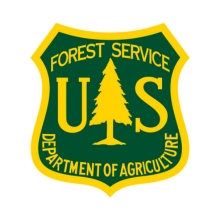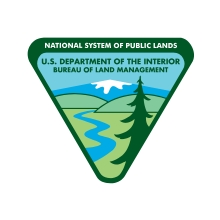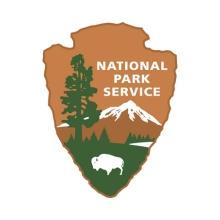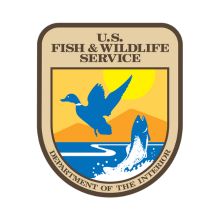- Home
- About
- Training & Events
- 2027 Symposium
- Resources
- For Members
|
This module provides an overview of the licensing process with links to a number of resources that will be valuable as you begin to dig deeper into hydropower licensing. Both the Federal Energy Regulatory Commission (FERC) and the Hydropower Reform Coalition (HRC) have developed guides for licensing. A good starting point would be to review one or both of the guides in order to become more familiar with the process and timing. Overview of the Process / FrameworkThe FERC issues licenses to non-federal entities to produce hydropower for 30-50 years. The default license term length for most hydroelectric projects under FERC’s jurisdiction is 40 years. FERC regulates approximately 1700 projects, representing about 4% of all power sources in the U.S. FERC is an independent agency overseen by a five-member Commission. When a license nears the end of its term, the licensee is required to file a formal notice with FERC that they intend to apply for a new license. Often, this is called relicensing. There are important differences between the original license and subsequent licenses. The FERC licensing process is envisioned to take approximately five years. In reality, this timetable can vary greatly and in extreme cases, licensing has taken decades to complete. Hydropower licensing allows for a once-in-a-generation opportunity to engage in the licensing process and improve hydropower operations to benefit natural, cultural, and recreation resources and mitigate the adverse impacts of preceding years of operations. The licensing process for new projects does not necessarily result in a license if FERC decides the project is either unnecessary or that its significant impacts cannot be mitigated. The Federal Power Act (FPA) and other vital laws include provisions for agency, tribal, and stakeholder engagement and a degree of shared decision making. There are many benefits of working collaboratively with other parties. Hydropower licensing is a public process and public involvement is always welcome. While the best results can be achieved by engaging early in the process, any participation is better than none. There are several points in the process at which you can formally intervene and establish legal standing should you wish to challenge a FERC decision. Whether you participate formally or informally, you should track a project’s status on the FERC website where invitations to comment, decision points, and deadlines are posted. Should you choose to file comments, meeting filing deadlines will maximize the effectiveness of your comments. The FERC process is divided into two phases. The pre-filing period activity starts with a Notice of Intent (NOI) and Preliminary Application Document (PAD) and involves information gathering to inform the content of a license application. The post-filing period begins when the Final License Application is submitted. During post-filing, FERC evaluates the application, develops the National Environmental Policy Act (NEPA) environmental document, and makes a decision through issuing its Final License Order. The FERC process also includes quasi-legal proceedings including intervening, trial-type hearings, and re-hearings. When FERC is analyzing a license proposal they must consider “baseline conditions”. FERC views these to be the current conditions, not the conditions that existed when the project was originally constructed. There will likely be a greater level of analysis on a license application to build a new project that will affect a free-flowing river as opposed to an existing project that has already impacted the site’s ecological, socio-economic, and cultural resources and conditions. FERC offers two primary processes to licensees. Their default licensing process is the Integrated Licensing Process (ILP), in which FERC engages and initiates the NEPA process early and oversees and determines which studies are needed. To be able to use a non-default license process type such as the Traditional Licensing Process (TLP), FERC must approve a license applicant’s request to do so. The TLP is used frequently, often for smaller or less complex projects, requiring the least amount of engagement with stakeholders during the pre-filing stage (before the license is filed with FERC). The NEPA process also begins later for the TLP, with the public NEPA scoping process to identify issues initiated in the post-filing stage. Settlements – A “settlement agreement” is often created between the licensee and many of the parties involved in a licensing process. The agreement is filed with FERC and the final license may include terms and conditions from the settlement that FERC has the legal authority to impose. While the remaining settlement items stand as a legal contract between its signatories for the life of the license (unless the contract specifies a shorter term), FERC has no role in overseeing or enforcement of the contract. Once a license is issued, the licensee is responsible for implementation of the license articles. If the licensee executed a settlement agreement with licensing parties, the Licensee is also responsible for implementing the provisions of the settlement agreement. A licensee may also seek amendments to the license throughout the license term.
|
|||||||||||















